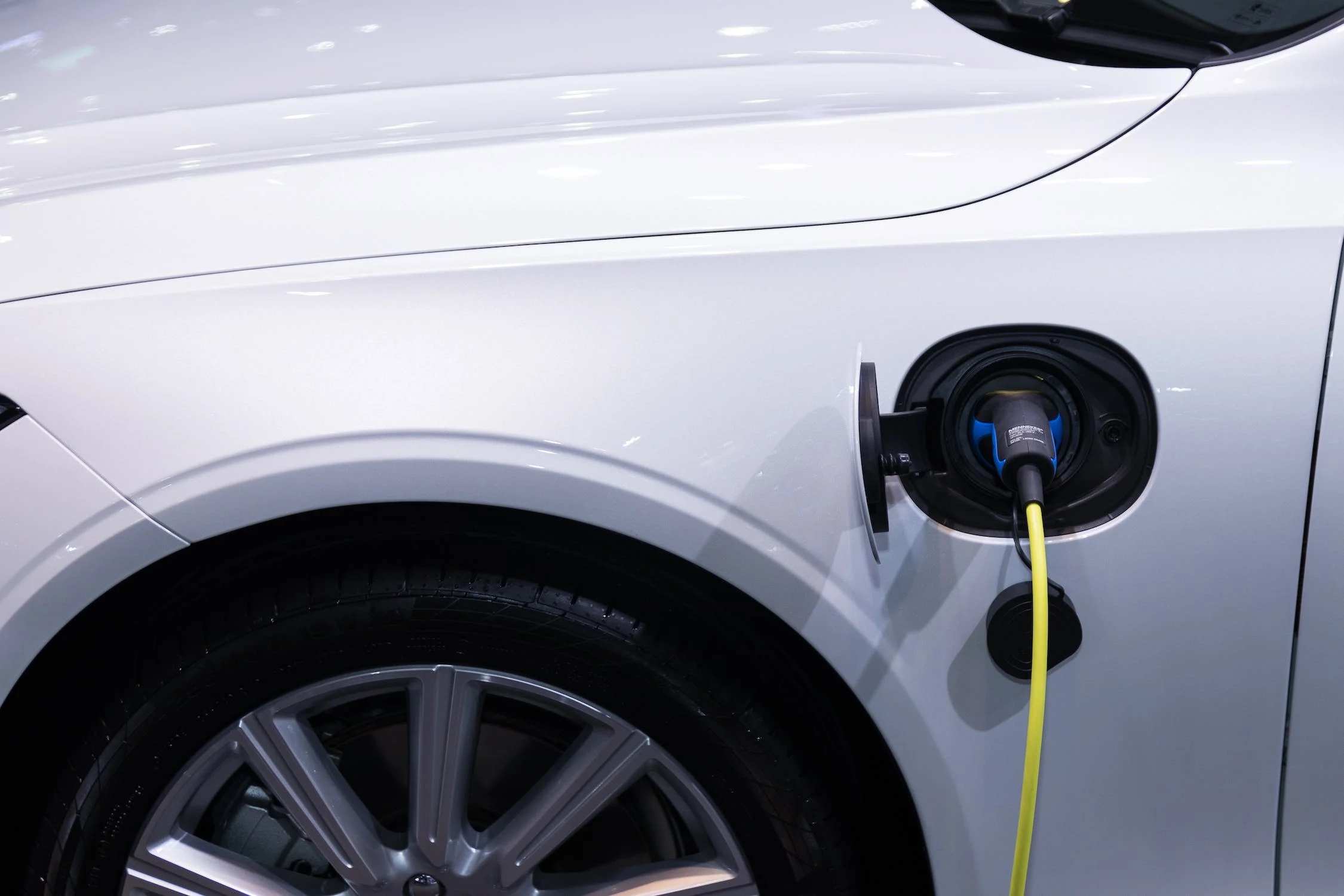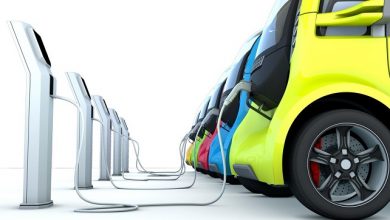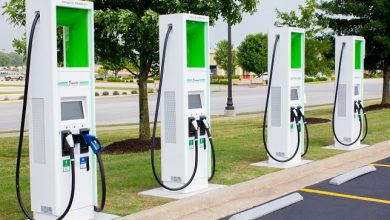Better EV adoption is not just an infrastructure problem

“Why would they put such ugly wheel covers on these beautiful wheels” was the first thing I said when I got the chance to drive one of the premium electric cars available in India. Of course it isn’t the only car with such wheel covers, nor is this the only design element on electric cars that favours aerodynamics over aesthetics. And that made me wonder why! Not why it was being done on electric cars, but rather why it wasn’t being done to this extent on all the cars. Better aerodynamics should make all the cars more efficient, no?
Well, some quick reading revealed the simple answer was indeed yes, and while I am starting with a seemingly disconnected topic of car designs instead of what the title promises, it turns out, it has more role to play than we thought.
The common misconception is that EVs are less efficient at higher speeds, however, the reality is that the motors have the same efficiency throughout their operating speed range. The IC engine on the other hand, has a significantly lower efficiency throughout except for a small window of engine speed. Which is why they need gearboxes and at highway speeds, it simply is easier to stay in the efficient range of the engine with more consistent cruising speeds.
According to Thomas Wiegand, manager of aerodynamics R&D at Porsche, drag accounts for 30% to 40% of losses in electric cars on the WLTP drive cycle, possibly rising to 50% in the real world. In comparison, losses due to drag account for just 10% of the overall losses in combustion-engine cars. (source: Autocarpro )
Because aerodynamic drag is a function of the square of vehicle speed, and because EVs are many times more efficient than ICE vehicles, the fuss over vehicle design and the heavy emphasis on aerodynamics in EVs makes a lot of sense. Taking the same approach on ICE vehicles, while potentially beneficial, isn’t as important because there are many other sources of inefficiency and there is more airflow needed through certain parts like radiators and brakes.
Apart from that, weather, temperature, average speeds, terrain and altitude all have a magnified role to play in the efficiency of electric vehicles, and thus in EV routing. This however means that these external factors play a very crucial role in how the ecosystem for EVs has to be built and can’t be dismissed.
But let’s start with the broader EV landscape. Most people would agree that the biggest challenges in widespread EV adoption are range anxiety and minimal public charging infrastructure. Both true, but there are layers that hide beneath these two headlines.
Manufacturers are currently putting major focus on battery capacities and maximum range whenever they advertise their electric vehicles, particularly cars. Offering battery capacities as high as reasonably possible at a certain price point is a low hanging fruit, more so for premium vehicles where costs are less of a consideration. This reduces some of the worries of potential buyers, particularly in the early days of adoption when they are making a bet with their hard earned money on something out of the norm, likely covering a higher percentage of usage scenarios without having to rely on public chargers. But it still can’t get rid of it altogether.
Moreover, the approach to have large capacity batteries is only transitional and can’t be the long term strategy for mass adoption of EVs. It not only has restrictions, like increased cost and higher weight, but also has a higher environmental impact and added road safety concerns, not exactly the best outcome. Due to increased weight, the safety concern and increased particulate emission, from brakes and tyres, has been highlighted widely by different bodies, including IIHS in US (source https://theevreport.com/ev-weight-poses-safety-challenges-says-iihs-chief) . Even the auto companies know and acknowledge this but it is needed to drive the initial adoption with limited infrastructure.
So clearly a better answer lies with the EV charging infrastructure and that’s where it gets interesting. The EV charging market has caught the interest of not just automakers and oil companies but also a lot of new entrants who are looking to grow with the market. The initial charging infrastructure has evolved based on available locations and density of vehicles. Malls, office buildings, public parkings, highway hotspots, commercial hubs – the choices so far have been the usual suspects based on the target users and these all make a lot of sense. However, as they continue to expand their footprint to cater to the growing EV market, the location choices would be less obvious than they seem right now.
For EVs to enter the mainstream and to remove the concerns associated with EV adoption, we need multiple layers of data to have robust EV routing systems. Setting up an EV charging network, or even using the existing network to its full potential, isn’t as simple as it was with fuel stations. There are only two to three primary products sold by a fuel station so the only challenge to address is to have enough of them to serve the vehicles with minimum range. There are multiple standards for EV charging that already exist and as companies continue to innovate to get faster charging, we are still some way from having a common standard. This means that routing solutions not only have to accommodate for presence of a charger but also for charger type and whether it is supported by the vehicle.
Another major factor in EV routing is the nature of terrain. Inclines, as is the case with ICEs too, drive up the energy consumption, however, unlike ICEs, EVs also have the advantage of regenerative braking which helps in recovering some of the energy on downhill stretches. This means that the variation in range between plains and hills might not be as obvious as it may seem. Road conditions and traffic flow also have to be accounted for along with the terrain and altitude to get better estimates on vehicle range.
Weather, on both extremes, doesn’t play well with EV range. Extreme cold weather reduces the battery range significantly. We have already seen countless instances of issues like range dropping suddenly or restricted performance in parts of the world where weathers reach the lower extremes. Hot weather also affects the range in a similar way, while also reducing vehicle performance and the charging speeds.
So while at the first glance, the answer to the EV routing problem seems to have fairly straightforward answer just like fuel stations, it has a lot more nuances to it. The added variables make it vastly more complicated and what this small piece talks about is just the tip of it.
However, we are undergoing this transition towards EVs in an ever connected, data driven world. We are in a time when we are equipped with data to be able to create efficient, sustainable solutions. We, at Intents Mobi, are generating or using this data to aid this process. Data that is not only crucial for routing of electric vehicles but even long before that, to plan out the EV charging ecosystem itself. Planning not only for where to optimally install EV chargers but also to account for the power loads and the fluctuations as the variables change. Data that can help us make informed decisions on how to maximise the impact of any infrastructure investments made for EV charging and catalyse the adoption of EVs by the masses. So while the automakers focus on making batteries cleaner and smaller, we have to look at the right data to move towards an electric future.
Author:

Akshay Sharma, Founding Member, Intents Mobi
Akshay is a Founding Member / Product Manager at the mobility and location intelligence startup Intents Mobi. An active voice of road safety, he has a deep passion for automobiles and motorsports. At Intents Mobi, his prime focus is towards technology solutions that have the potential to create a safer, more efficient and sustainable future for transportation





